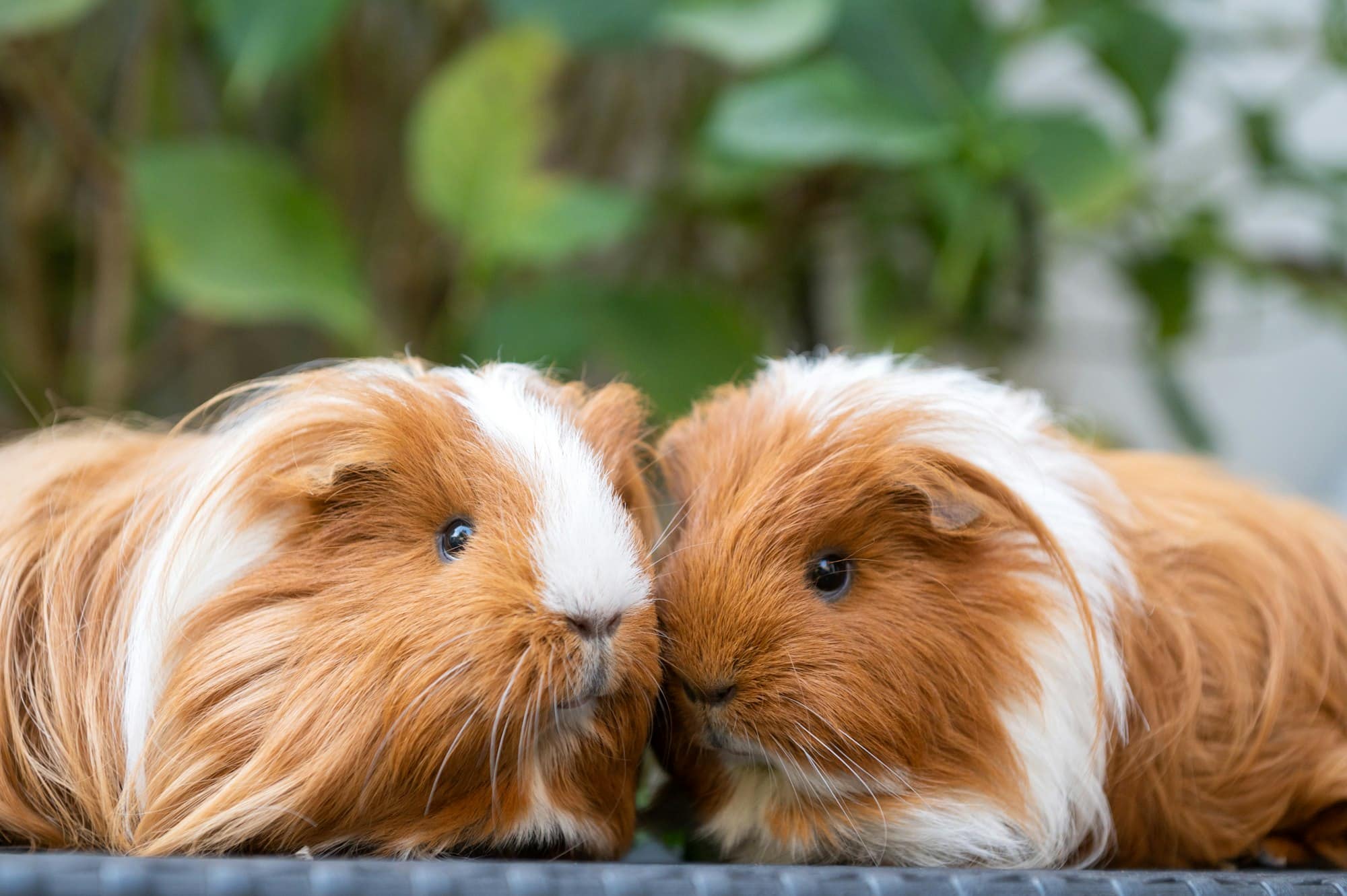Guinea pigs are social animals by nature and thrive in the company of their own kind. However, introducing a new guinea pig to an established one can be a delicate process. It requires careful planning, patience, and a thorough understanding of their behavior. How then can you facilitate a successful bonding session between two guinea pigs? This article provides a comprehensive guide on the process, with an emphasis on providing an environment conducive to successful bonding, understanding guinea pig behavior, and what to do when conflict arises.
Creating a Neutral Environment
Before you bring the two guinea pigs together, it is crucial to establish a neutral space. This will prevent the existing guinea pig from feeling territorial and reacting aggressively towards the new one.
Have you seen this : How to Choose the Right Size and Type of Backpack for Hiking with Your Dog?
Start by choosing a location that your existing guinea pig doesn’t usually have access to. It could be a specific corner of a room, an unused pen, or a large box. Make sure this space is secure and escape-proof, and large enough for the guinea pigs to move around comfortably without feeling crowded.
Next, fill the space with fresh bedding and introduce elements that can act as hideouts. These could be cardboard tubes, small boxes, or commercial guinea pig houses. Hideouts provide a safe space for the guinea pigs to retreat to if they feel stressed or threatened.
This might interest you : What Are the Best Hypoallergenic Bedding Materials for Dogs with Allergies?
However, ensure there’s no competition over resources. Provide multiple water bottles, food bowls, and toys—anything that a guinea pig could potentially perceive as its own. This reduces the chances of an aggressive reaction due to resource guarding.
Understanding Guinea Pig Behavior
Understanding guinea pig behavior is vital to interpret their interactions accurately during the bonding process. By recognizing signs of stress, aggression, or acceptance, you can modify your approach if necessary.
For instance, tooth chattering, lunging, and chasing could indicate aggression, while purring or grooming signifies comfort and acceptance. It’s normal for guinea pigs to show some initial signs of unease or aggression. However, if these behaviors persist or escalate to biting and fighting, it’s best to separate them and try again another time.
Moreover, consider the role of dominance in guinea pig interactions. Usually, one guinea pig will establish itself as the dominant one, characterized by behaviors like mounting, frequent nose raises, or following the other guinea pig around. It’s crucial not to interfere with these behaviors, as disturbing this natural process could lead to tension or conflict.
Introducing the Guinea Pigs
When introducing the guinea pigs, place them at opposite ends of the neutral space. This gives them time to explore and become comfortable in their new environment. Don’t force interaction—let them discover each other on their own terms.
A good practice is to start the introduction process with short, supervised sessions. For instance, begin with a 15-minute session, gradually increasing the duration as the guinea pigs become more comfortable with each other.
Watch their behavior closely during these sessions. If signs of aggression arise, gently distract them using a soft brush or a toy. However, if aggression persists, separate them immediately to prevent harm.
Handling Conflict
Conflict can sometimes arise during the bonding process. This is normal, as guinea pigs establish their dominance during initial meetings. Minor scuffles, chasing, and dominant behavior should not be cause for concern.
However, if conflict escalates to actual fighting, it’s important that you intervene immediately. Use a towel or oven mitts to separate them to ensure your own safety. Never use your bare hands as guinea pigs have sharp teeth and could bite in the heat of the moment.
Once separated, give the guinea pigs some time to cool down before attempting another bonding session. Also, evaluate what may have triggered the aggression—it could be competition over resources, an invasion of personal space, or simple personality clash.
Monitoring Progress
Bonding doesn’t occur instantaneously—it is a process that requires time and patience. It may take several sessions before your guinea pigs feel comfortable around each other.
Keep track of their progress. Are they spending more time together? Are they showing signs of aggression less frequently? Are they sharing resources peacefully? These are key indicators that their relationship is on the right track.
Remember, every pair of guinea pigs is unique. What works for one may not work for another. Patience, understanding, and attentiveness to their needs are key in facilitating a successful bonding session.
While the process may seem daunting initially, the reward of seeing your guinea pigs form a bond is worth the effort. This companionship not only enriches their lives but also enhances your experience as a guinea pig parent.
Careful Observation and Intervention
Keeping a watchful eye on your guinea pigs during the initial bonding sessions is crucial. Monitoring their reactions, habits, and behavior can provide useful insights into their personal comfort levels and readiness for companionship.
The aim is not to force interaction but to facilitate their natural curiosity about each other. This might involve allowing them to sniff each other out, share food or even ignore each other. It is important not to rush the process. It is equally significant to intervene whenever necessary. This can be when you notice prolonged aggressive behavior such as biting, lunging, or loud chatter.
Intervention should be done carefully. As a rule of thumb, never use your bare hands to separate fighting guinea pigs as this can result in injury. Instead, use a towel, oven mitt, or a piece of cardboard. Afterward, give each guinea pig some alone time to calm down before re-introducing them.
Actively engaging with your guinea pigs during these sessions can also help to distract them from aggressive behavior. Simple activities like petting them, speaking to them gently, or offering treats can help diffuse tension and promote a more peaceful atmosphere.
Conclusion
Establishing a successful bond between two guinea pigs is indeed a process that requires time, understanding, and patience. It is crucial to create a neutral environment, understand their individual behavior, handle conflict appropriately, and carefully observe their interactions.
Bear in mind that each guinea pig is unique and their bonding process may not look exactly the same as what is described here, or what another pair of guinea pigs might experience. Flexibility and adaptability are key in ensuring that both guinea pigs feel safe and comfortable.
It is also essential to remember that the ultimate goal is to provide a companion for your pet, enhancing their quality of life and enriching your experience as a guinea pig owner. Though it may seem complex and laborious, the reward of seeing your pets bond and form a companionship is certainly worth the effort.
By following the guidelines provided in this article, you can help your guinea pigs establish a beautiful and lasting companionship. And remember, as a guinea pig owner, your role is a crucial one in this process — from creating a conducive environment to intervening when necessary, your actions can greatly influence the success of their bonding.











